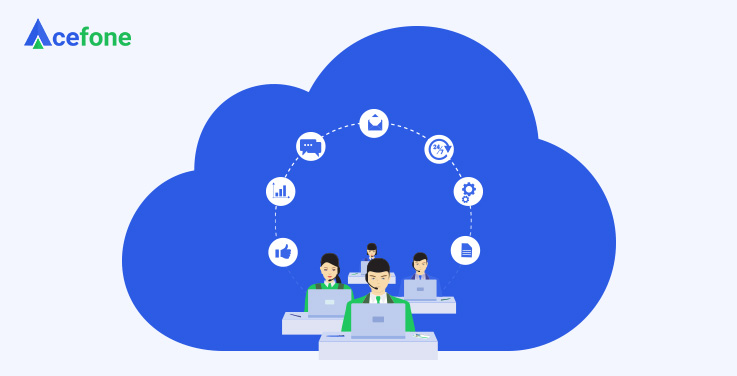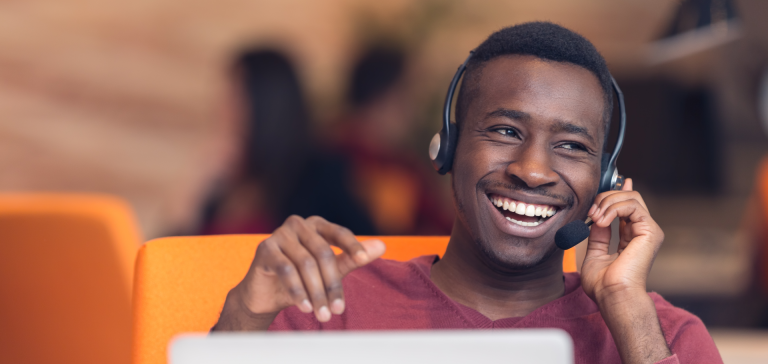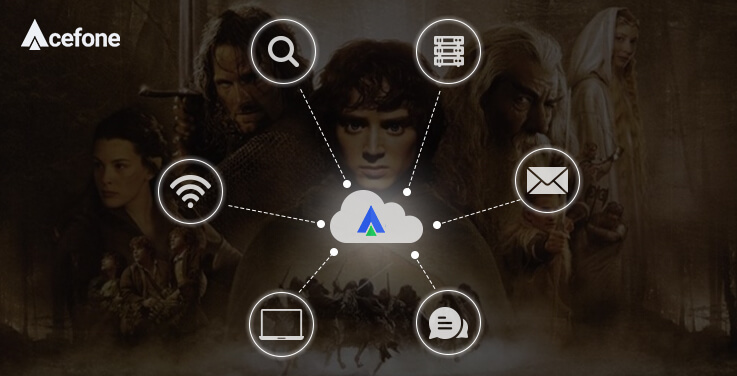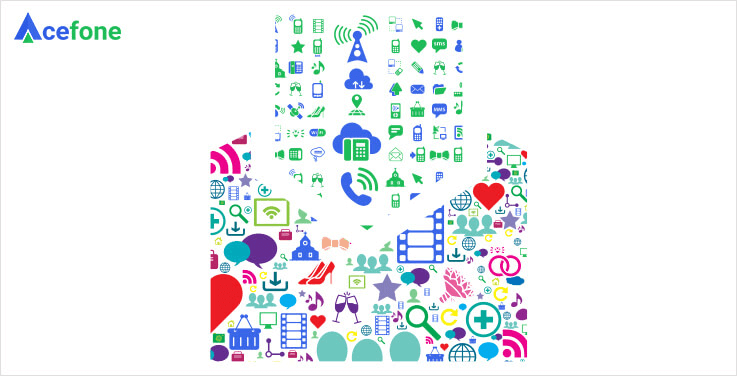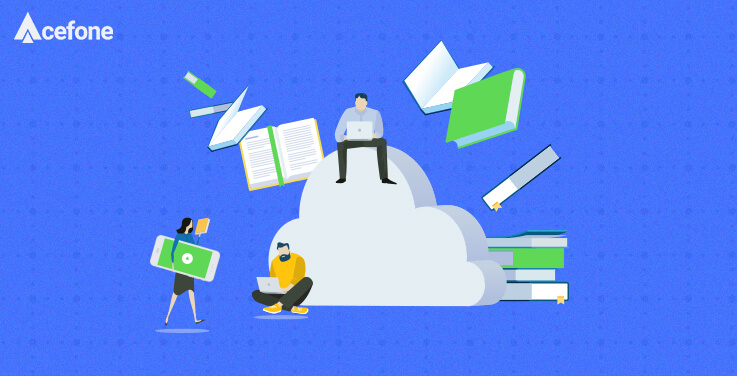✨ VoIP Introductory Offer ✨ International calling starts at $125 $100/Month
Know more 
We will answer all your questions and deliver just what you need
- Handpicked telephony features your business needs
- A customized subscription plan with usage-based pricing
- Volume discounts and unlimited free agent logins

Let’s connect
We’re here to help you find the right products for your business. Tell us a bit about yourself, and we’ll be in touch
